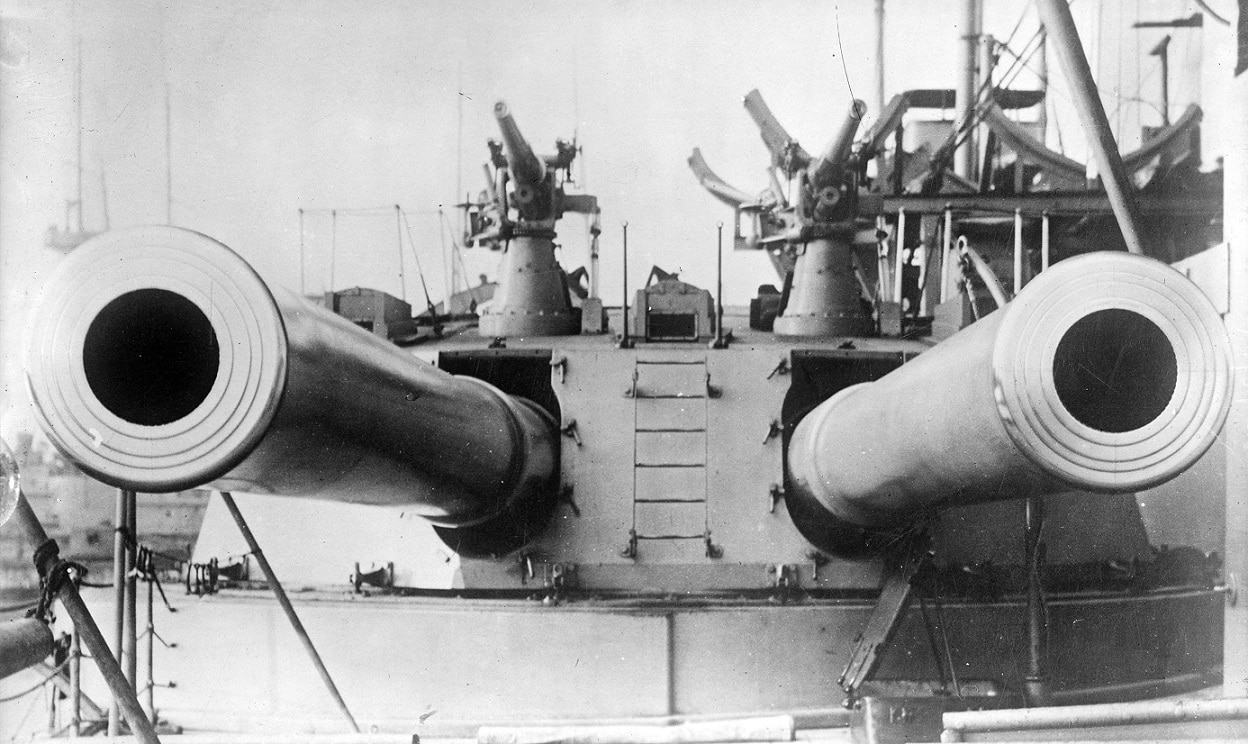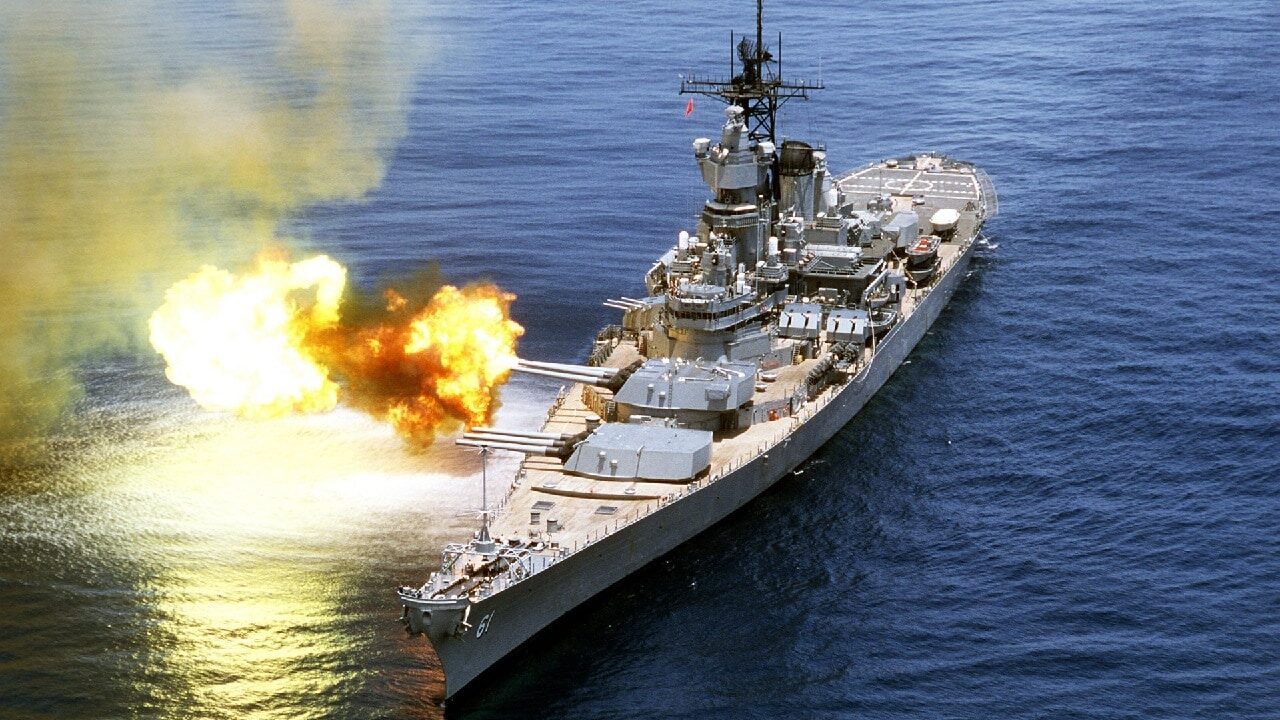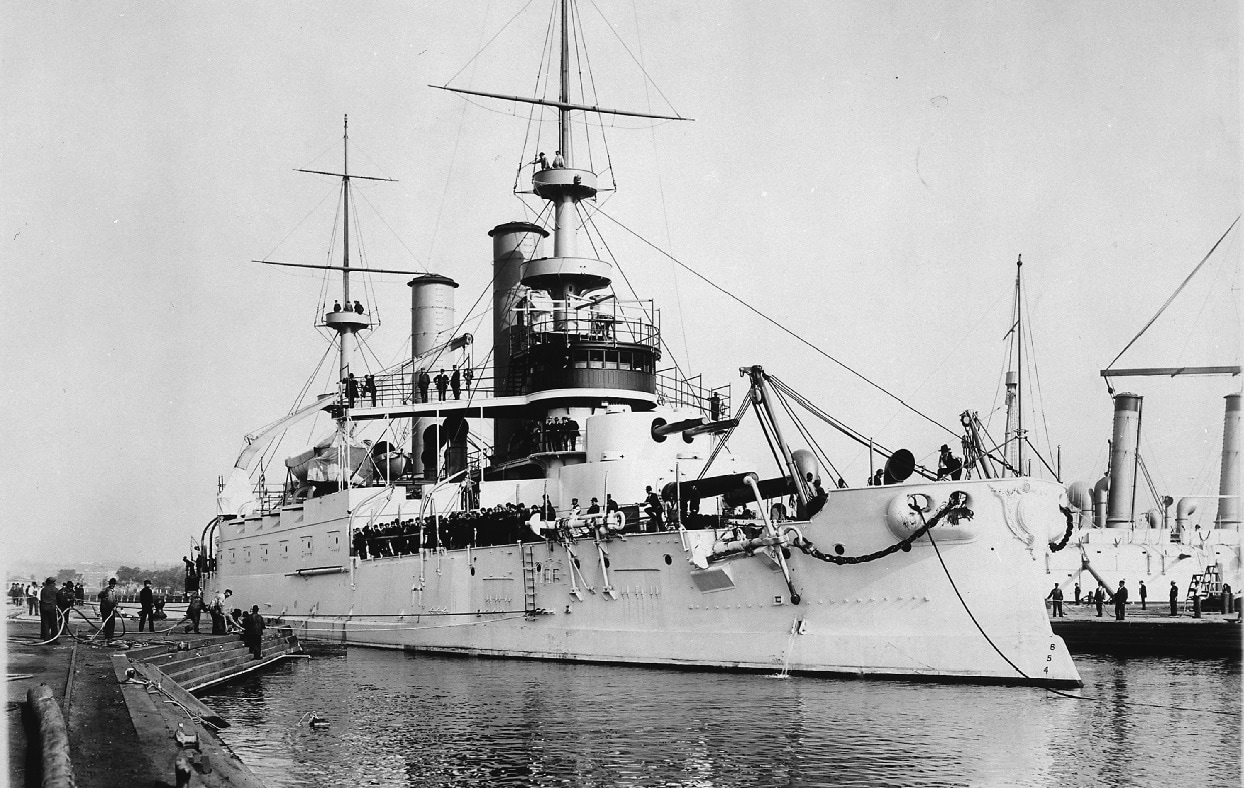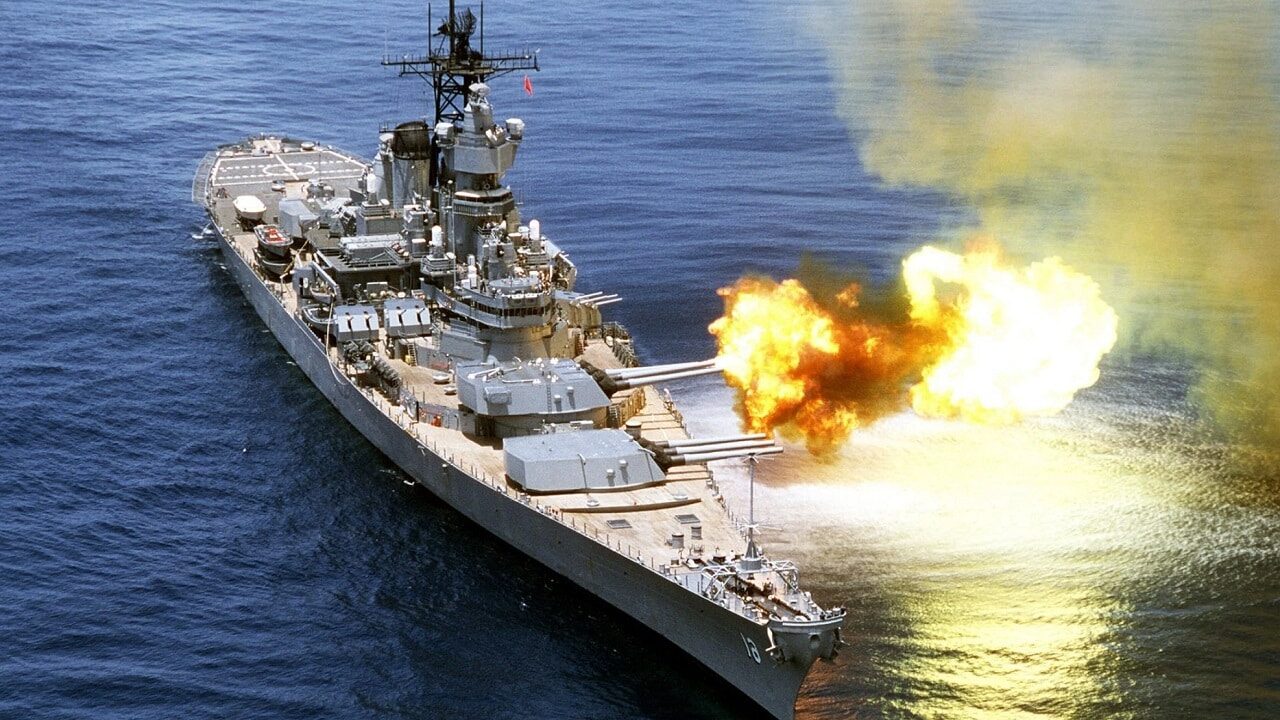Key Points You Need to Know: Battleships once defined naval power, but not all lived up to their reputations.
-The Japanese IJN Fusō suffered from poor design, including a low freeboard and unbalanced armor, while France’s Battleship Courbet was painfully slow and under-armored.
-Britain’s HMS Erin, originally built for the Ottomans, had ineffective combat capabilities and a mixed armament layout.
-Germany’s SMS Rheinland quickly became obsolete due to weak belt armor and limited speed.
-Topping the list, the U.S. USS Kearsarge (BB-5) featured a dangerously unstable turret design, making it prone to capsizing.
-These flawed ships represent naval engineering missteps and evolutionary dead-ends in battleship design.
The 5 Worst Battleships of All Time
Every age of Man has a great weapons platform that defines its existence. The catapult. The galleon. The aircraft carrier of today. But after the age of sail concluded and before aircraft carriers became the primary naval power projection platform, there was the battleship.
Considered the pride of naval fleets the world over, these steel beasts were essential determinants of a nation’s naval prestige and victory. Remember, it was the battleship that allowed for Japan’s rising empire to crush the Russian Empire in the Russo-Japanese War at the opening of the twentieth century.

HMS Dreadnought battleship. Image: Creative Commons.
Britain’s battleships were feared the world over—so much so that the German Kriegsmarine broke themselves trying to create their own battleships to counter the British ones. While battleships have long played a major role in modern warfare, not all battleships are equal. In fact, some were abject failures.
Below is a top five list of such embarrassments.
IJN Fusō
Japan may have enjoyed a stunning victory over the tsar’s empire in eastern Asia, notably with the Imperial Japanese Navy’s (IJN) battleship flotilla at the infamous Battle of Tsinghua, but IJN Fusō was a real embarrassment. Designed in 1915 and billed as a “super-dreadnought,” its design was plagued by numerous compromises that ultimately reduced its effectiveness.
One major design flaw was its very low freeboard. In other words, when traversing choppy seas, the warships took on water. Good thing that the waters of the North Pacific are totally calm (not!) More importantly, its armor was unevenly distributed. During the 1930s, Tokyo tried to save this awful boat and rebuilt it. But the fault was in its stars.

USS Iowa Battleship. Image Credit: Creative Commons.
Incredibly, the Fusō saw action in WWII, especially at the Battle of Surigao Strait, where it was promptly sent to the bottom of the drink. This was a massively flawed warship and should have never been kept in service as long as it was.
The Battleship Courbet
Built in 1913, this French battleship was the lead boat of her class and was designed to counter the rising threats of rival battleships. Instead, it had a significantly lower top speed than many battleships of its age. Thus, it was a unhelpful in fleet actions requiring mobility and agility. Slow-and-steady, in this case, Pierre, doesn’t win the race. It just gets many good sailors killed.
As with the previous example, the Courbet had weaker armor than it should have.
She was involved in minor clashes during the First World War but its design flaws ensured that it could never rise to the level of greatness that other battleships of the era enjoyed, making this ship, shall we say, a sunk cost for France. By the time WWII erupted, the French used her, but she was worthless despite the modernization program she’d been subjected to.
HMS Erin
A truly unique, albeit fatally flawed, battleship of its era.
Originally built for the Ottoman Empire but seized by the British Royal Navy upon the outbreak of hostilities between the Ottomans and British at the start of WW1, this warship had mixed armaments and ineffective combat capacity. HMS Erin had both 12-inch and 13.5-inch guns. Erin ultimately served throughout WW1 and was even present at the Battle of Jutland.
Although, as Midshipman Norman McClean lamented in his private diary during the great battle, “I regret to say that my ship was unable to fire, as during the short time the enemy was in sight, the Orion who was next to us in line, had failed to take station astern of us and was lying between us and the enemy.”
This subpar battleship was ultimately mothballed at the end of the war as part of the limitations imposed upon Britain by the Washington Naval Treaty.
There was no love lost when the Erin was scuppered.
SMS Rheinland
Germany long dreamed of becoming a dominant geopolitical force. Not just in Central Europe, but throughout Europe and, indeed, the world. A dominant force on land, the Germans deluded themselves into believing they could take on the mighty British Royal Navy at sea. This was apparent in the German development of the Nassau-class of battleships in 1908. The SMS Rheinland was of this new class of German battleship.
And it was rapidly outclassed by other battleship designs of the era.
Like the other battleships on this list, one of the defining failures of the Rheinland was its weak armor, notably in the belt armor. The speed of this boat was lacking as well. It performed poorly during fleet actions because it simply could not keep up with other, newer (and faster) battleships.
Very quickly, the Rheinland was overshadowed by the more advanced German battleships, such as the König.
USS Kearsarge (BB-5)
Topping the list is an American battleship (because even in a top five worst battleship list, America is number one!) BB-5 has a complicated history. Built in 1900, it was among the first American battleships. Kearsargefeatured a unique twin-turret arrangement where the secondary armament was on a superstructure above the main guns, leading to a high, unstable profile.

Kearsarge-class battleship. Image: Creative Commons.
When one thinks of a ship, the first thing they assume is that it is seaworthy. In the case of the Kearsarge that would only be partly true. As it turned out, BB-5 was prone to capsizing. By the time she was commissioned, her armor was painfully out-of-date and unable to defend against what was at that time contemporary threats.
Indeed, most experts consider the USS Kearsarge (BB-5) to have been totally obsolete by the time she hit the High Seas. The warship was so pathetic that nothing about it was either perfected or emulated in future American battleship designs.
Kearsarge was an evolutionary dead end. But the Navy still got some use out of her. The boat served as a vital training ship rather than a useful combat vessel.
About the Author: Brandon J. Weichert
Brandon J. Weichert, a Senior Editor at 19FortyFive.com and a contributor at Popular Mechanics, consults regularly with various government institutions and private organizations on geopolitical issues. Weichert’s writings have appeared in multiple publications, including the Washington Times, The American Spectator, to the National Interest. His books include Winning Space: How America Remains a Superpower, Biohacked: China’s Race to Control Life, and The Shadow War: Iran’s Quest for Supremacy. His newest book, A Disaster of Our Own Making: How the West Lost Ukraine is available for purchase wherever books are sold. He can be followed via Twitter @WeTheBrandon.

